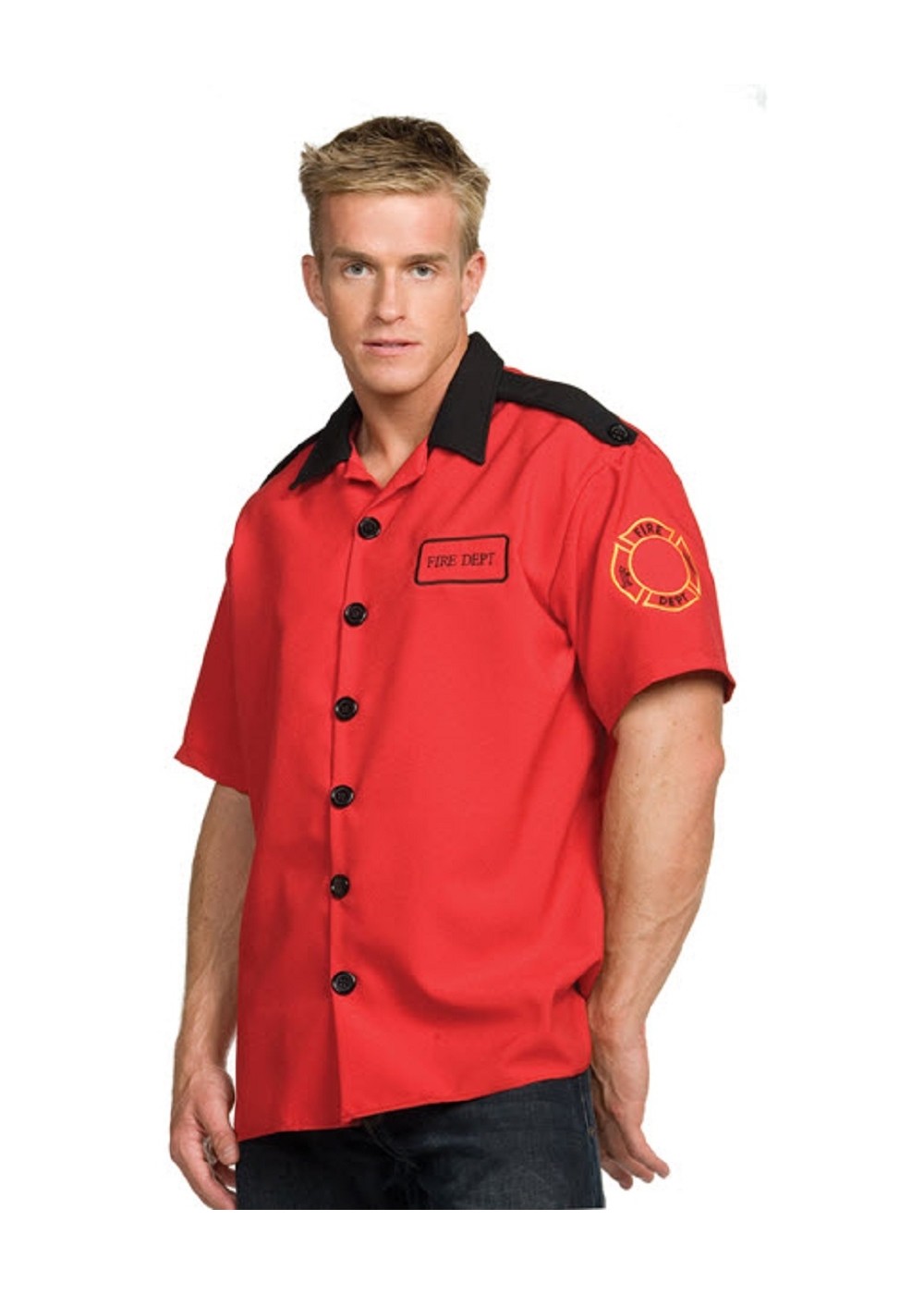

This resulted in a new thermal-stability test that provided a way of showing how material could melt and stick to itself. Yet other changes were needed because the heat resistance would not eliminate all nylon and polyester fabrics, as some fabric blends could hold up under the test conditions. One hundred percent cotton was considered the preferred uniform material because unlike polyester it doesn't melt and was comfortable. The base requirements included the same heat resistance test indicated above. In 1994, NFPA 1975 was overhauled to provide two classes of performance - baseline heat-resistant uniforms that could be either 100% cotton or wool and flame-resistant uniforms. Many flame-resistant materials are considered too "boardy" and lacked reasonable moisture absorption.įurther, some argued that turnout clothing or other emergency clothing was intended to provide protection based on its own properties without reliance on the work uniform. Moreover, there were a number of complaints about comfort. For organizations concerned about appearance, the uniforms did not have the crisp appearance typically associated with polyester and cotton blends, which tend to hold creases better. Many departments considered this type of clothing relatively expensive, partly due to the certification costs and the increased cost of material used. However, there was a clear division in the fire service about the acceptability these uniforms.


The philosophy of having a standard that dictated use of flame- and heat-resistant work uniforms prevailed through 1994. This was handled by adding requirements to NFPA 1975 to demonstrate that the materials used in station work uniforms would remain flame resistant after at least 100 wash cycles.

It was believed that retardants could eventually wash out. The practice fell out of use when it was argued that firefighters did not always wear the correct work trousers and that the insulation levels provided by turning out clothing were superior to that of any conventional pants.ĭuring this time, some fabrics relied on flame-retardant treatments in contrast to flame-resistant fabric such as those Aramids that retain the flame resistance properties over their entire service life. This preceded the use of modern turnout clothing when long coats and high boots were worn. In the early years after NFPA 1975 was adopted, some departments relied on the pants portion the uniform to provide a significant layer of insulation for the firefighter's lower torso. Materials such as polyester or nylon can be treated for flame resistance, but will generally melt and make burn injuries worse than those from natural fibers such as cotton, which when burned turn into ash instead of molten resin. We hope that we can work with every fire department at least once, because we know that once we do, it means the start of another valued, long-term relationship.The latter property was considered important because heat resistance provided a demonstration that the material would not melt under adverse conditions. We stand behind every item we produce and have lots of fireman testimonals behind us that can attest to that. Over the years, we have built countless relationships with departments in every state. Custom fire department logo shirts are a great way for firefighters to show their pride in the service they provide for their communities. Our Firefighter store allows you to add custom embroidery to multiple locations on each item, leaving you with a truly custom garment. Our Fire Department Maltese Cross Template Designs can be customized for any fire department and can be added to almost any garment listed on our site, including fire department jackets, work shirts, and polo shirts. We also offer a wide variety of embroidered products that can be ordered both individually and as a group. Our full-time art staff works directly with our customers to create new concepts and to re-create designs you already use. We are able to print many different styles of apparel, ranging from your basic fire department shirts to customized firefighter work shirts. Our screen-printing process, which is done on-site, allows us to offer some of the best pricing and turnaround times in the industry. Much of our work consists of group orders to both paid and volunteer firefighters. Since 1989, we have supplied an array of personalized firefighter t-shirts and sweatshirts, embroidered fire department hats & beanies, jackets, and work shirts, and personalized gifts for firefighters to over 600 fire departments both domestically and abroad. Fire Department Clothing has grown to become one of the largest suppliers of firefighter clothing and gifts across the world.


 0 kommentar(er)
0 kommentar(er)
